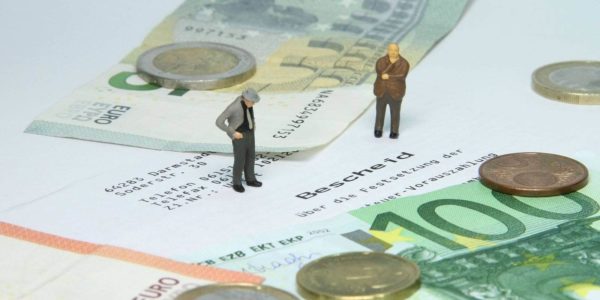
Sellers have always been aware that when it comes to selling their home there are a range of costs that they have to take into account when calculating how much profit they will actually end up making from the sale.
These costs can include real estate agency fees, solicitor’s fees and mortgage cancellation fees as well as several often forgotten smaller administrative costs, such as the costs of arranging for an Occupancy Certificate (Cédula de habitabilidad) and Energy Performance Certificate (Certificado de la eficiencia energética) and for paying any outstanding local Property Tax (Impuesto sobre bienes inmuebles).
Do you want to sell your house or apartment in Barcelona? Get it faster with our team of professionals. Click now on our page for more information:
Sell your appartment with Bcn Advisors
Then there is the rather significant matter of paying any taxes due. When you sell a property in Spain you have to pay two taxes: national Capital Gains Tax (Impuesto sobre la Ganancia Patrimonial) and municipal Capital Gains Tax (Impuesto sobre el Incremento de Valor de los Terrenos de Naturaleza Urbana, IIVTNU, otherwise known as Plusvalía Tax).
National Capital Gains Tax
The national Capital Gains Tax is collected by the National Tax Office. It is based on the net profit made when selling a property, which is calculated by deducting the original purchase price (including VAT, Land Registry fees, property transfer tax and legal and notary fees) from the final sale price (less costs incurred during the sale). For Spanish tax residents, the tax rate starts at 19% for the first €6,000 profit obtained and increases thereafter to 21% when the gain is between €6,000 and €50,000, 23% when the gain is between €50,000 and €200,000, and 26% for any gain over €200,000.

There are a few exceptions and strategies that can be used to avoid paying Capital Gains Tax. For example, if you purchase another home as your sole, main residence using the proceeds from the sale of a property that you also used as your sole, main residence only then you are legally exempt from paying Capital Gains Tax. Also, if you are over 65 years old then you are not required to pay Capital Gains Tax, but you must have lived in the property as your sole, main residence for a minimum of three years prior to the sale of your property.
Plusvalía Tax
Plusvalía Tax is a municipal tax paid to the local council and based on the increase of the official value of the land between the purchase and sale dates.
As of 10 November 2021, the way in which this tax is calculated changed. The reason for this is that many property owners found themselves having to pay this tax even though the value of the land their homes were built on had not increased, resulting in many official complaints by property sellers who claimed they had been unfairly charged by local councils.
Up until then, the taxable base was calculated by multiplying the cadastral value (a value that the Spanish administration gives to each property, based on data from the Land Registry) of the land by the number of years you had owned the house (up to a maximum of 20 years) and then by a coefficient set by the local council.
Depending on the municipality, the maximum rates for this coefficient were 3.7% for a property owned for a period of between 1 and 5 years, 3.5% for a period of up to 10 years, 3.2% for a period of up to 15 years and 3% for a period of up to 20 years.
The resulting amount was then taxed at a rate again decided by the relevant municipality, up to a maximum of 30%.

The new rules are now deemed much fairer, given that previously they did not take into account the actual profit made from the sale and therefore resulted in tax being paid even when the value of the land had decreased. Also, homeowners are now given two options as to how the tax is applied, meaning that they are able to choose the option that is most favourable to them:
According to the methods
‘Objective’ method
This option is similar to the previous method, in that the taxable base is calculated by multiplying the value of the land at the time of the sale by a coefficient dependent on how long the property has been owned. This coefficient will depend on each local council but it cannot be greater than 0.14% for property sales where the property has been owned for less than 12 months, nor greater than 0.45% for sales of properties owned for more than 20 years. The lowest coefficient (0.08%) applies to periods of ownership between 10 and 13 years (i.e. for properties purchased between 2008 and 2011 to benefit those who bought during the financial crisis).
The tax due is then calculated using a rate set by the relevant local council, which cannot exceed 30%.
‘Real’ method
Property sellers now have to the option to be taxed on the ‘real’ increase of the value of the land. The taxable base in this case is calculated by multiplying the increase in the property value by the percentage of cadastral value of the land over the overall cadastral value at the time of the sale.
It will of course depend on the individual case as to which option is best for you due to periods of ownership, coefficients applied by the relevant local council etc but the new system will certainly now ensure that no tax is due if a property is sold at a loss.



 Barcelona house price forecast 2024
Barcelona house price forecast 2024
 The 10 best luxury penthouses in Barcelona
The 10 best luxury penthouses in Barcelona
 The best luxury clubs in Barcelona
The best luxury clubs in Barcelona
